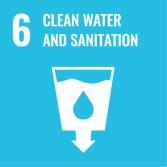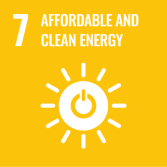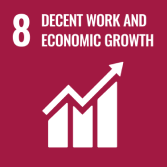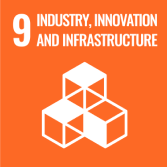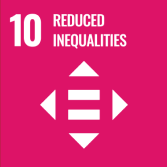With the rapid development of remote sensing with small, lightweight unmanned aerial vehicles (UAV), efficient and accurate crop spike counting, and yield estimation methods based on deep learning (DL) methods have begun to emerge, greatly reducing labor costs and enabling fast and accurate
[...] Read more.
With the rapid development of remote sensing with small, lightweight unmanned aerial vehicles (UAV), efficient and accurate crop spike counting, and yield estimation methods based on deep learning (DL) methods have begun to emerge, greatly reducing labor costs and enabling fast and accurate counting of sorghum spikes. However, there has not been a systematic, comprehensive evaluation of their applicability in cereal crop spike identification in UAV images, especially in sorghum head counting. To this end, this paper conducts a comparative study of the performance of three common DL algorithms, EfficientDet, Single Shot MultiBox Detector (SSD), and You Only Look Once (YOLOv4), for sorghum head detection based on lightweight UAV remote sensing data. The paper explores the effects of overlap ratio, confidence, and intersection over union (IoU) parameters, using the evaluation metrics of precision P, recall R, average precision AP, F1 score, computational efficiency, and the number of detected positive/negative samples (Objects detected consistent/inconsistent with real samples). The experiment results show the following. (1) The detection results of the three methods under dense coverage conditions were better than those under medium and sparse conditions. YOLOv4 had the most accurate detection under different coverage conditions; on the contrary, EfficientDet was the worst. While SSD obtained better detection results under dense conditions, the number of over-detections was larger. (2) It was concluded that although EfficientDet had a good positive sample detection rate, it detected the fewest samples, had the smallest R and F1, and its actual precision was poor, while its training time, although medium, had the lowest detection efficiency, and the detection time per image was 2.82-times that of SSD. SSD had medium values for P, AP, and the number of detected samples, but had the highest training and detection efficiency. YOLOv4 detected the largest number of positive samples, and its values for R, AP, and F1 were the highest among the three methods. Although the training time was the slowest, the detection efficiency was better than EfficientDet. (3) With an increase in the overlap ratios, both positive and negative samples tended to increase, and when the threshold value was 0.3, all three methods had better detection results. With an increase in the confidence value, the number of positive and negative samples significantly decreased, and when the threshold value was 0.3, it balanced the numbers for sample detection and detection accuracy. An increase in IoU was accompanied by a gradual decrease in the number of positive samples and a gradual increase in the number of negative samples. When the threshold value was 0.3, better detection was achieved. The research findings can provide a methodological basis for accurately detecting and counting sorghum heads using UAV.
Full article





